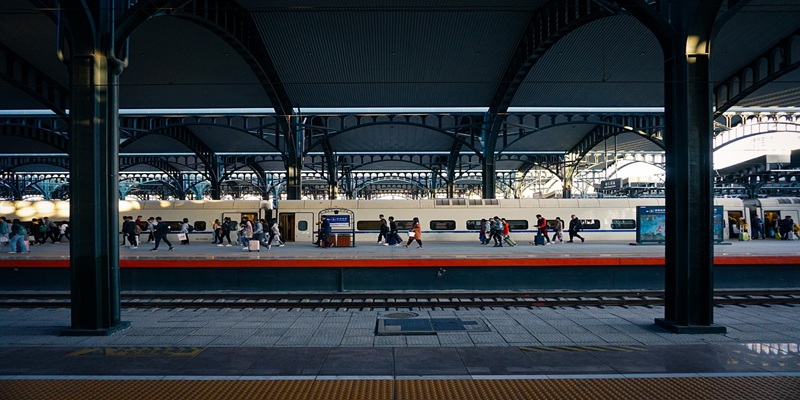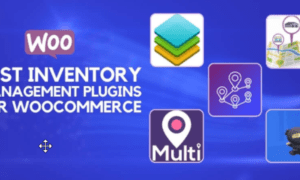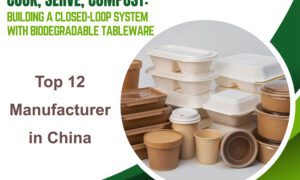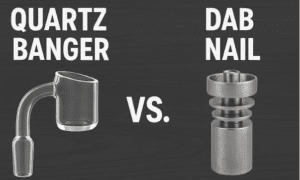Public transportation is the backbone of urban mobility, connecting millions of people daily while reducing traffic congestion and environmental pollution. However, traditional transit systems face challenges such as inefficiency, high operational costs, and outdated infrastructure. Fortunately, recent innovations are transforming public transportation, making it smarter, greener, and more efficient.
The Rise of Electric and Hybrid Buses
One of the most significant innovations in public transportation is the shift toward electric and hybrid buses. Cities worldwide are adopting these eco-friendly alternatives to reduce carbon emissions and improve air quality.
Electric buses produce zero tailpipe emissions, making them ideal for urban environments. For example, Shenzhen, China, operates a fully electric bus fleet, significantly cutting pollution levels. Similarly, London and Los Angeles are expanding their electric bus networks to meet sustainability goals.
Hybrid buses, which combine electric motors with traditional engines, offer a transitional solution for cities not yet ready for full electrification. These buses reduce fuel consumption and emissions while maintaining reliability. As battery technology improves, the adoption of electric buses is expected to grow even faster.
Smart Ticketing and Contactless Payments
Gone are the days of paper tickets and long queues at ticket counters. Smart ticketing systems and contactless payments have revolutionized how passengers access public transit.
Many cities now use mobile apps, smart cards, and NFC-enabled payments for seamless travel. London’s Oyster card and Singapore’s EZ-Link system are prime examples of efficient, cashless transit solutions. These systems reduce boarding times, prevent fare evasion, and provide valuable data for transit planners.
Additionally, open-loop payment systems allow passengers to use their credit or debit cards directly at fare gates. This innovation enhances convenience, especially for tourists and occasional riders. As digital payment adoption grows, more cities will likely integrate these technologies into their transit networks.
Autonomous Public Transit Vehicles
Self-driving technology is no longer confined to private cars—autonomous buses and shuttles are emerging as viable public transit solutions. These vehicles promise increased safety, reduced labor costs, and optimized route efficiency.
Several pilot programs are testing autonomous shuttles in controlled environments. For instance, Helsinki and Las Vegas have deployed driverless shuttles in specific zones, offering last-mile connectivity. While full autonomy in complex urban settings is still developing, advancements in AI and sensor technology are accelerating progress.
Autonomous buses could also address driver shortages, a persistent issue in many transit agencies. By automating operations, cities can maintain or even expand services without increasing labor expenses. However, regulatory and public acceptance hurdles remain before widespread adoption.
Hyperloop and High-Speed Rail Innovations
For long-distance travel, hyperloop and high-speed rail systems represent the future of rapid transit. These technologies promise to drastically cut travel times while being energy-efficient.
The hyperloop concept, pioneered by companies like Virgin Hyperloop, involves passenger pods traveling through low-pressure tubes at near-supersonic speeds. Although still in experimental stages, hyperloop could revolutionize intercity travel, reducing a 6-hour car ride to just 30 minutes.
Meanwhile, high-speed rail networks continue expanding globally. Japan’s Shinkansen and France’s TGV have set benchmarks for speed and reliability. New projects, such as California’s High-Speed Rail and India’s Bullet Train initiative, aim to bring similar benefits to more regions. These systems reduce reliance on air travel, offering a greener alternative for medium-distance journeys.
On-Demand and Micro-Transit Solutions
Fixed-route buses and trains don’t always meet the needs of low-density or underserved areas. On-demand transit and micro-mobility solutions are filling these gaps, providing flexible and efficient alternatives.
Ride-pooling services, like Via and Uber’s shared rides, operate like dynamic bus routes, adjusting in real-time based on passenger demand. These services maximize vehicle occupancy while minimizing wait times. Some cities, such as Berlin and Austin, have integrated on-demand shuttles into their public transit networks.
Micro-transit options, including e-scooters and bike-sharing programs, complement traditional transit by solving the “last-mile problem.” Commuters can use these modes to reach their final destinations after exiting a bus or train. As urban planners prioritize multi-modal transportation, these solutions will become even more critical.
AI and Big Data for Smarter Transit Planning
Artificial intelligence (AI) and big data analytics are transforming how transit agencies optimize routes, predict demand, and manage operations. By analyzing vast amounts of data, cities can make informed decisions to enhance efficiency.
Predictive analytics help transit providers anticipate peak travel times and adjust schedules accordingly. For example, AI-powered systems can reroute buses in real-time to avoid traffic congestion, ensuring timely arrivals.
Machine learning algorithms also improve maintenance by predicting vehicle failures before they occur. This proactive approach reduces downtime and extends the lifespan of transit assets. As AI technology evolves, its role in public transportation will only expand.
Green Infrastructure and Sustainable Transit Hubs
Modern transit systems are increasingly incorporating green infrastructure to minimize environmental impact. Solar-powered bus stops, energy-efficient depots, and rainwater harvesting systems are becoming standard features in forward-thinking cities.
Transit hubs are also evolving into multi-functional spaces. Stations now include bike parking, electric vehicle charging points, and even urban gardens. These enhancements encourage sustainable commuting while improving passenger experience.
For instance, the new Moynihan Train Hall in New York integrates natural lighting and energy-saving designs, setting a benchmark for future transit developments. As urbanization continues, sustainable infrastructure will play a crucial role in shaping public transportation.
The Prospect of Public Transportation
The innovations discussed here are just the beginning. Emerging technologies like hydrogen fuel cells, drone taxis, and magnetic levitation (maglev) trains could further redefine transit in the coming decades.
Governments and private sectors must collaborate to fund and implement these advancements. Public acceptance, regulatory frameworks, and equitable access will also determine the success of new transit solutions.
Ultimately, the goal is clear: to create efficient, sustainable, and inclusive transportation systems that serve everyone. By embracing innovation, cities can build transit networks that are not only smarter but also more resilient for future generations.
Conclusion
Public transportation is undergoing a remarkable transformation, driven by technological advancements and sustainability goals. From electric buses to AI-powered planning, these innovations promise a faster, cleaner, and more efficient future for urban mobility. As cities continue to grow, investing in modern transit solutions will be essential to reducing congestion, cutting emissions, and improving quality of life. The journey toward smarter transportation has just begun—and the possibilities are endless.





























